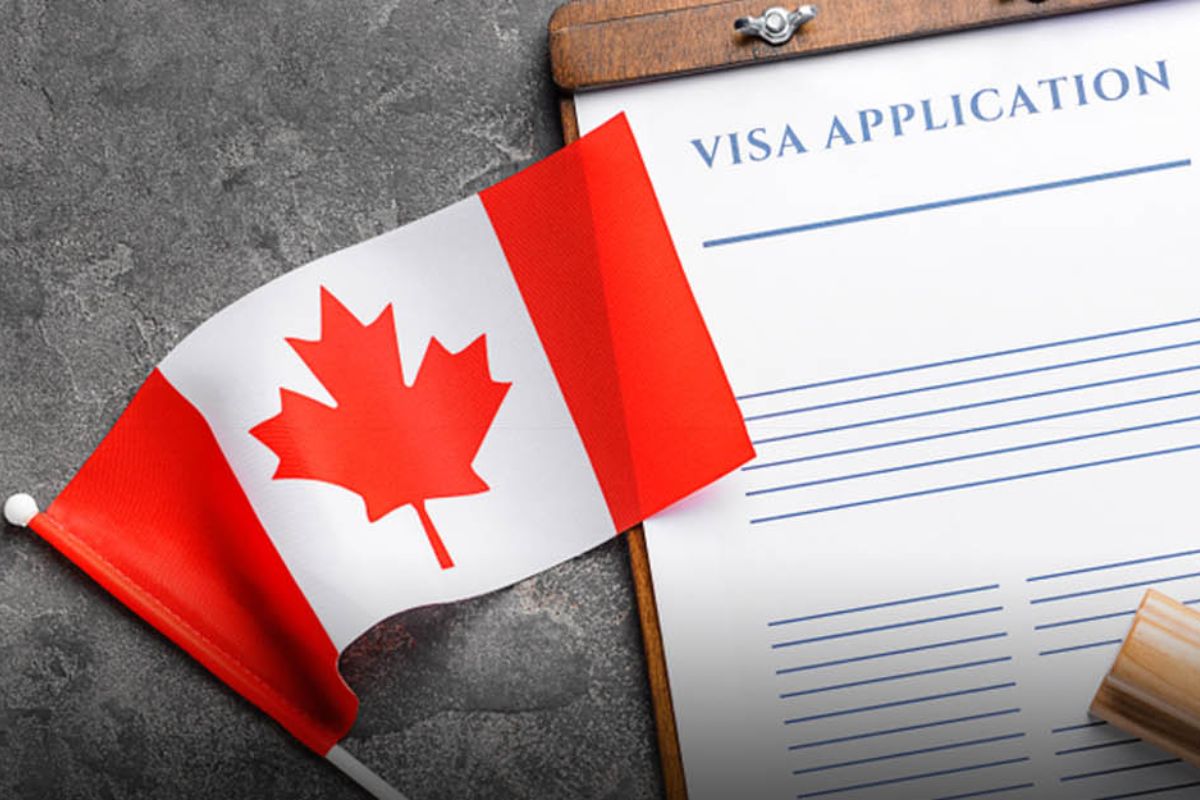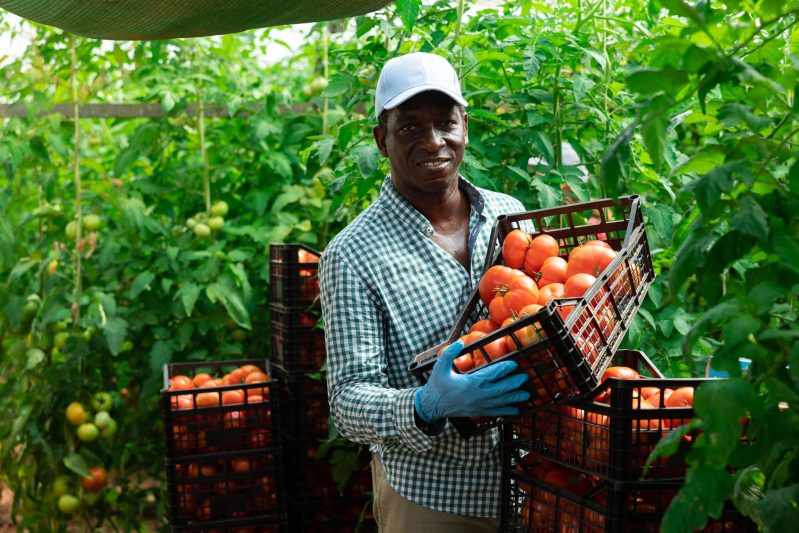Canada Cancels Automatic 10-Year Multiple-Entry Visas for Foreigners: A Comprehensive Guide
With Canada’s recent visa policy changes, foreign nationals, including Nigerians and other travelers worldwide, will experience significant changes in their visa application processes. This article covers the motivations, effects, and key details around Canada’s decision to end the issuance of automatic 10-year multiple-entry visas.
Overview of Canada’s Multiple-Entry Visa
Previously, the Canadian 10-year multiple-entry visa allowed visitors to enter and exit Canada at will within the visa’s duration. This type of visa was widely regarded as convenient and a “gold standard” for international visitors, offering long-term access without the need for constant renewals. The multiple-entry visa had been especially popular for business travelers, tourists, and foreign nationals with family ties in Canada, allowing them a seamless, recurring entry option.
However, the Canadian government has recently issued an update, declaring that the automatic issuance of 10-year multiple-entry visas will no longer be the norm. Immigration, Refugees, and Citizenship Canada (IRCC) stated that immigration officers will now assess each application individually, deciding on single-entry or multiple-entry visas with specific validity terms on a case-by-case basis.
Why Is Canada Canceling the 10-Year Multiple-Entry Visa?
1. Population Surge and Resource Strain
Canada experienced a population increase following the COVID-19 pandemic due to its welcoming stance toward immigrants and its attractive economic opportunities. While this growth has bolstered Canada’s labor market, it has also strained public services and resources, particularly in housing, healthcare, and transportation sectors. By canceling the automatic 10-year multiple-entry visa, Canada is attempting to better control the influx of visitors and manage the immigration process with greater precision.
2. Controlled Immigration and Temporary Residence Management
Canada aims to balance its population growth with the capacity to provide high-quality resources and services for all residents. The revised visa guidelines are part of a more comprehensive strategy to prioritize immigrants whose skills align with Canada’s economic and labor needs. By re-evaluating visa durations and entry types, Canada can limit temporary entries and ensure the immigration system supports long-term residents and skilled migrants.
3. Immigration System Integrity
The IRCC has noted that issuing long-term multiple-entry visas without specific review can potentially lead to visa misuse or overstays. By implementing selective multiple-entry options, Canada is strengthening its immigration integrity and ensuring that each visitor or temporary resident is committed to abiding by Canadian entry and exit policies.
IRCC’s New Approach: Visa Issuance Based on Officer Discretion
IRCC’s updated guidance no longer considers the 10-year multiple-entry visa as the “standard document.” Immigration officers now have the discretion to:
- Issue Single-Entry or Multiple-Entry Visas: Officers will decide between issuing single-entry visas, which permit one-time entry, or multiple-entry visas for applicants with recurring travel needs.
- Determine Visa Validity Periods: Instead of automatically offering 10-year validity, officers will evaluate factors such as the applicant’s travel history, purpose, and Canadian ties to determine appropriate validity periods for each visa type.
Key Factors in Decision-Making:
- Applicant’s Travel History: Individuals with consistent, compliant travel records may still be considered for longer-term visas.
- Purpose of Visit: Purpose, such as business or family visits, can impact the decision on visa type and duration.
- Applicant’s Intentions and Ties to Canada: Applicants with strong family or economic ties to Canada may have different eligibility levels than short-term visitors.
This case-by-case assessment ensures that only applicants with a clear, legitimate need for multiple entries over an extended period receive long-term visas.
Implications of This Visa Policy Change
1. Limited Travel Flexibility for Foreign Nationals
Without a 10-year multiple-entry visa as a standard, foreigners may face restricted travel flexibility. Tourists and visitors accustomed to long-term travel access will now need to secure visas more frequently, particularly if issued a single-entry visa.
2. Impact on Families and Frequent Visitors
For foreign nationals with family in Canada, the change could mean additional application processes, costs, and potential delays. Families with members abroad may have to reapply for entry more frequently or face limitations on stay durations, depending on the visa type issued.
3. Adjustments for Business Travelers
Business travelers, who previously relied on the 10-year visa for convenience, may now face more rigid entry requirements. Companies and businesspersons may need to adapt by applying for visas for each travel instance or meeting more stringent multi-entry requirements.
Changes to Canada’s Immigration Targets
Coinciding with the visa update, Canada has also revised its permanent resident targets, citing population and resource management. Recent announcements indicate the following changes to the immigration plan:
| Year | Original Target | Revised Target |
|---|---|---|
| 2025 | 500,000 | 395,000 |
| 2026 | 500,000 | 380,000 |
| 2027 | – | 365,000 |
This strategic reduction aligns with Canada’s objective to streamline the immigration process, focusing on high-value immigrants while managing public resources effectively.
Why Immigration Targets Were Revised
The downward adjustment in targets aligns with Canada’s attempt to balance rapid growth with sustainable infrastructure development. By lowering immigration quotas, Canada intends to reduce the burden on essential services, ensuring a balanced population growth rate without overwhelming public sectors.
How the New Visa Rules Affect Nigerian and Other International Applicants
While this change affects all nationalities, it’s particularly significant for countries like Nigeria, where applicants commonly seek long-term visas for family reunification, business, and educational purposes. The IRCC’s focus on discretionary issuance could make it more challenging for Nigerian applicants to secure long-term multiple-entry visas. This change underscores the importance of submitting well-prepared applications with clear intent and purpose, particularly for applicants who seek frequent Canadian entry.
Advice for Potential Visa Applicants: Preparing for the New Process
- Understand Visa Types: Applicants should review the distinctions between single-entry and multiple-entry visas. A single-entry visa permits one entry, while a multiple-entry visa can allow multiple entries for a specified period.
- Provide Comprehensive Documentation: With officer discretion now central to the decision process, it’s vital to supply extensive documentation that proves your intentions, ties to Canada, and adherence to Canadian laws.
- Maintain a Clean Travel Record: Demonstrating consistent compliance with Canadian and other international travel policies can strengthen your case when applying for a multiple-entry visa.
- Consider Purpose and Frequency of Travel: Frequent travelers may need to outline the necessity of multiple entries in their applications to better their chances of receiving a multiple-entry visa.
- Stay Updated on IRCC Policies: Since IRCC policies are subject to change, applicants should regularly check for updates to ensure their applications align with the latest guidelines.
Conclusion
Canada’s recent cancellation of the 10-year multiple-entry visa reflects a broader effort to refine and control immigration levels. With the new guidelines empowering immigration officers to issue visas based on applicant-specific criteria, travelers seeking entry to Canada must approach the application process with thorough preparation and a clear understanding of the latest requirements. For families, business travelers, and frequent visitors, adapting to these changes may involve additional planning, but it remains crucial to navigate these requirements carefully to secure access to Canada.
This article not only informs readers about the visa cancellation but also provides actionable advice for prospective applicants, ensuring a clear understanding of what to expect in the updated immigration landscape.





